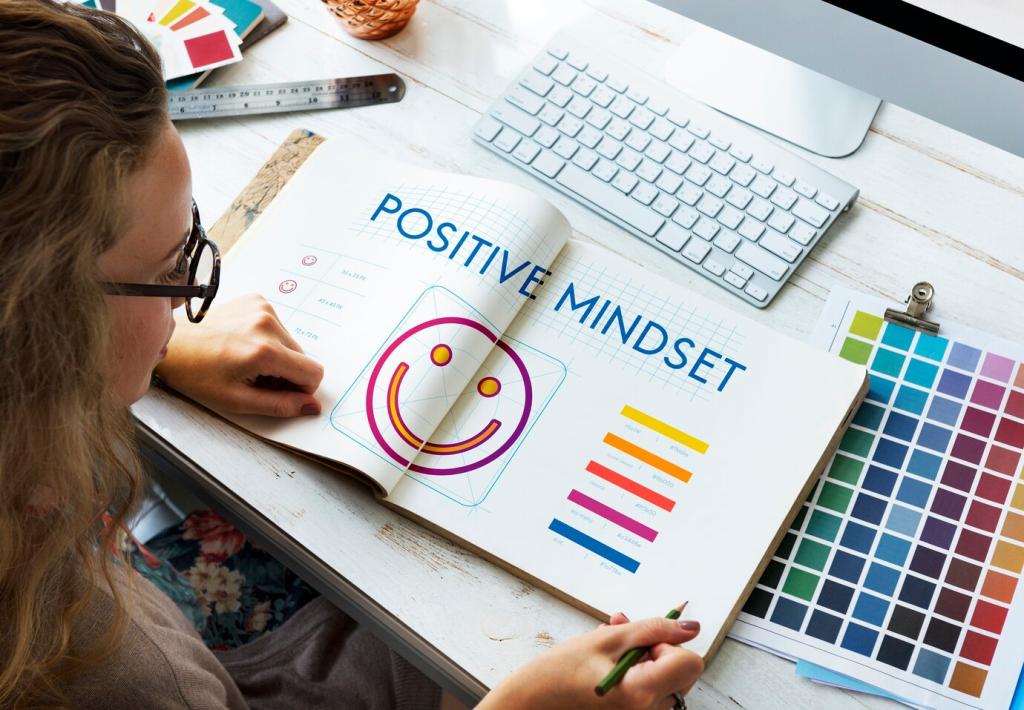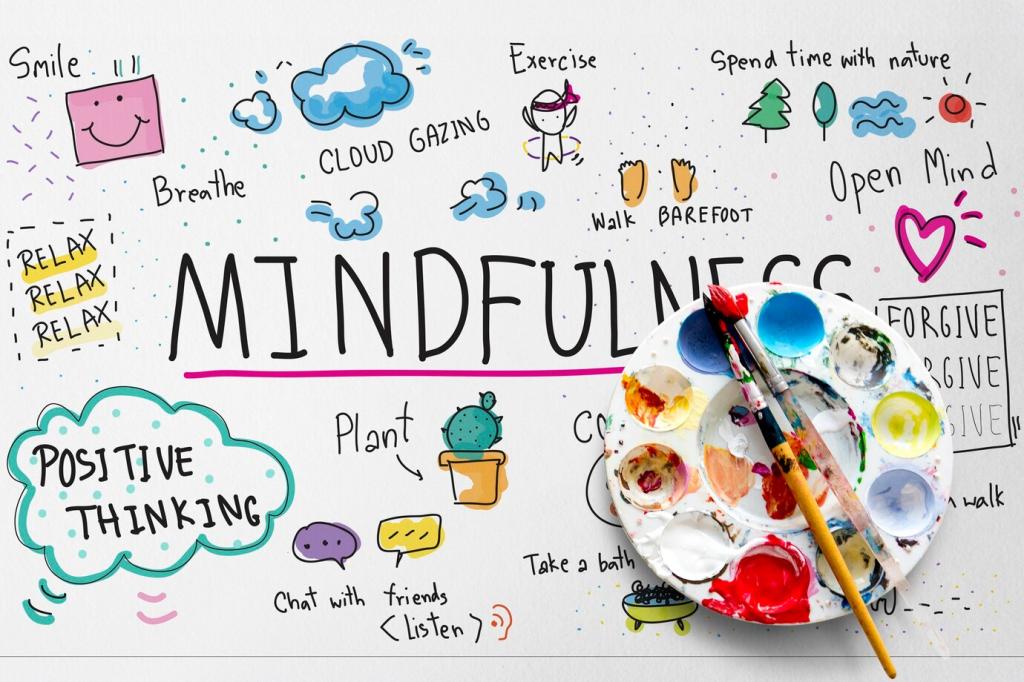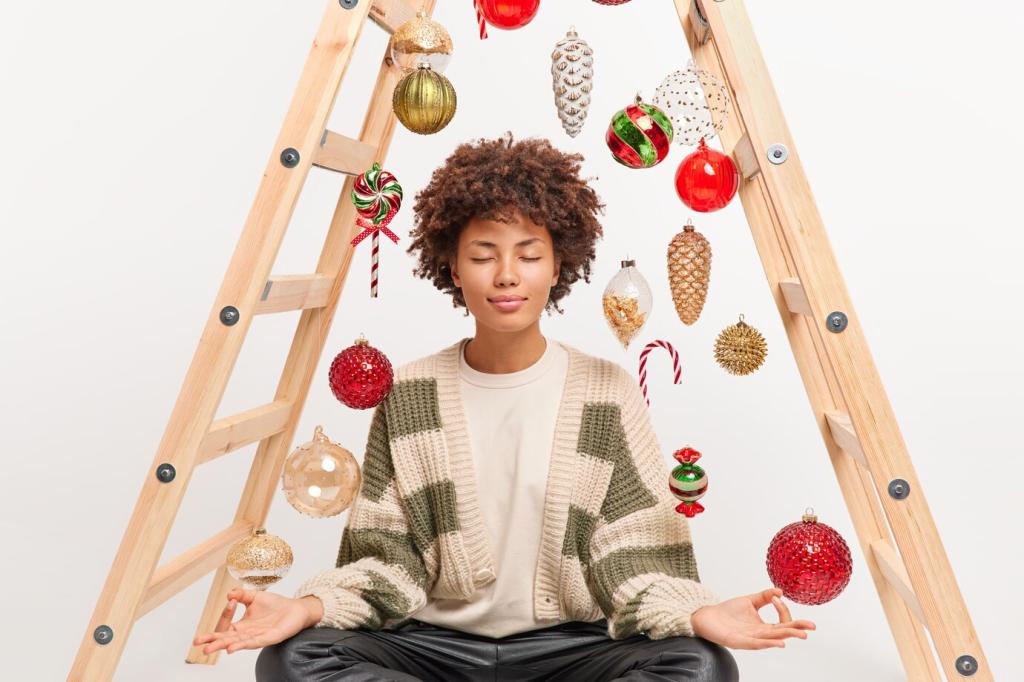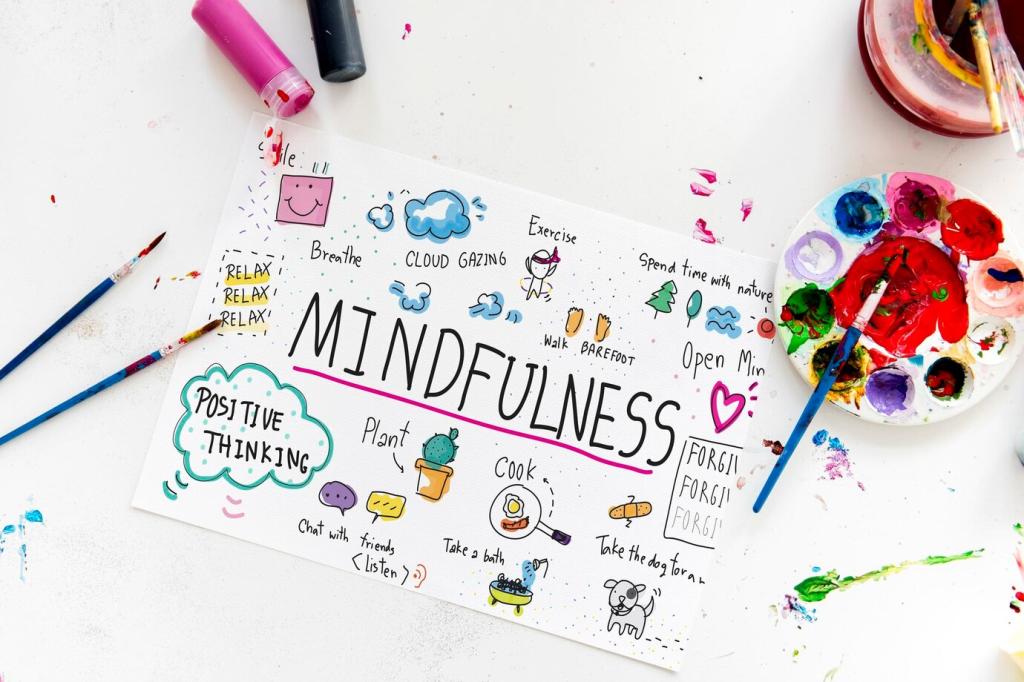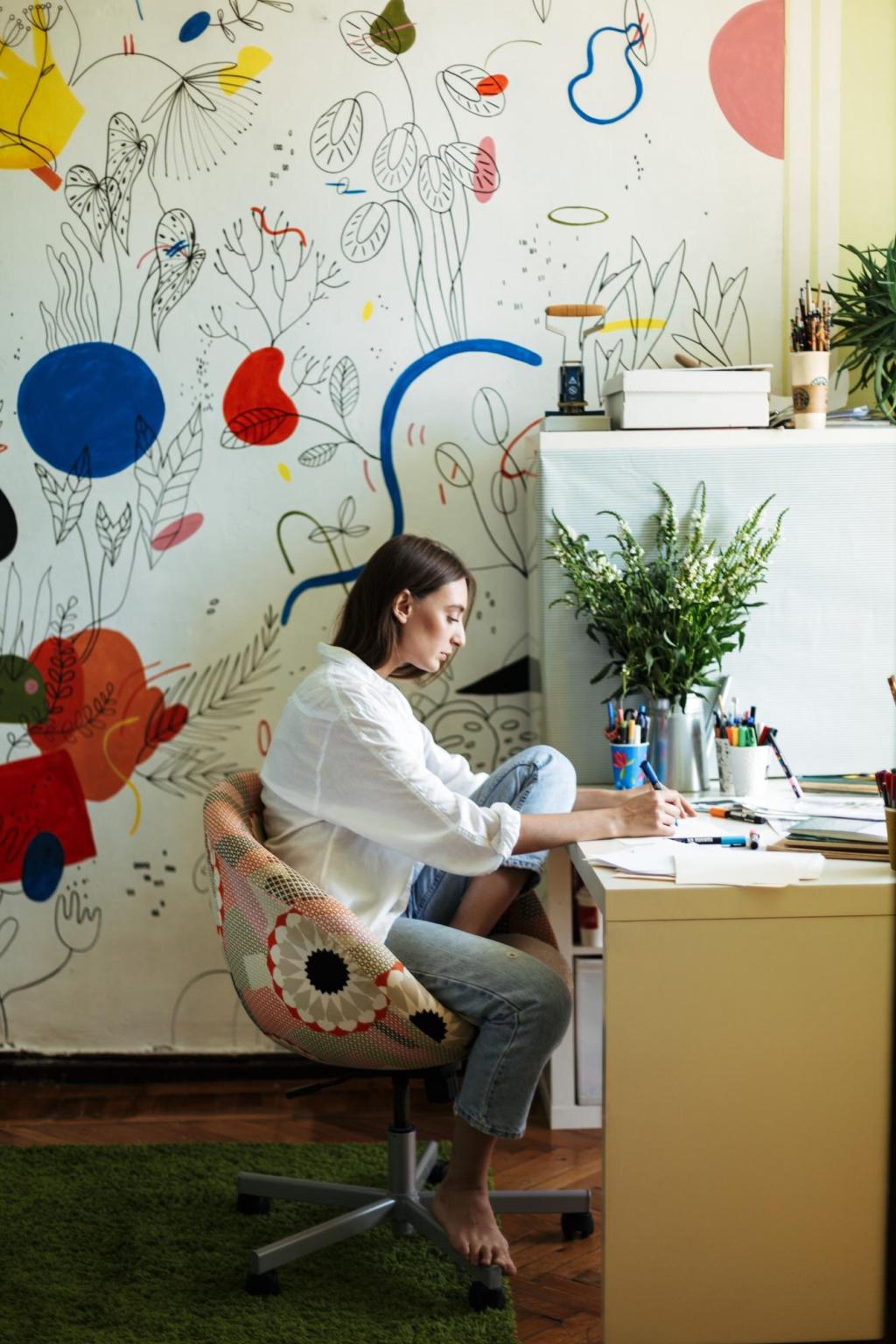Community and Sharing Without Pressure
Share a photo of your collage with friends who value calm over spectacle. Ask for feelings, not ratings. Build a culture where process stories matter more than perfection or performative productivity.
Community and Sharing Without Pressure
Mail or trade a small envelope of soothing cutouts—clouds, fabric textures, botanical bits. Fresh materials arrive like postcards from another quiet mind, widening your visual vocabulary and your sense of belonging.

